Pressure canning dry beans is an easy way to have ready-to-use jars of beans on the shelf. My family loves to have beans included in their meals. We go through quite a few jars of black beans, kidney beans, and pinto beans a month. I have found it cheaper for me to purchase organic dry beans and pressure can them than to purchase organic cans of beans at the store. This also allows me to buy the beans in bulk at a lower cost.
Dry beans are a staple food in many households because they are versatile, nutritious, and budget-friendly. They are a great source of protein, fiber, vitamins, and minerals. But like any other food, they can spoil over time, which is why it’s important to preserve them properly. One way to preserve dry beans is through pressure canning.
I am going to talk about why you need to pressure can beans when processing and provide a step-by-step guide on how to preserve them using a pressure canner.
Why You Need to Pressure Can Dry Beans
Beans are a low-acid food. Low-acid foods are required to be canned in a pressure canner. Pressure canning is the process of preserving food in jars by using heat and pressure to kill bacteria, fungi, and other microorganisms that can cause spoilage and food-borne illnesses.
It is especially important for low-acid foods such as dry beans because they can contain spores of a bacterium called Clostridium botulinum which can produce a deadly toxin when exposed to low-oxygen, low-acid environments. Pressure canning can destroy these spores and ensure the safety of your preserved food.
Another advantage of pressure canning is that it can preserve the quality and flavor of dry beans for a longer period compared to other methods like freezing. Canned beans are convenient and ready to use, making them a time-saver in meal preparation.
How to Pressure Can Dry Beans
When canning dry beans you will need an average of 5 pounds of beans per canner load of 7 quarts. If canning dry beans in pints you will need an average of 3 and 1/4 pounds per canner load of 9 pints. This works out to around 3/4 of a pound of dry beans per quart.
This recipe is from the USDA Complete Guide to Home Canning. This recipe can be used for any dried bean or pea that has been shelled. This gives you many bean options to choose from for your preserving needs.
Choose high-quality mature dry beans and sort them to remove any debris, discolored beans, or damaged beans.
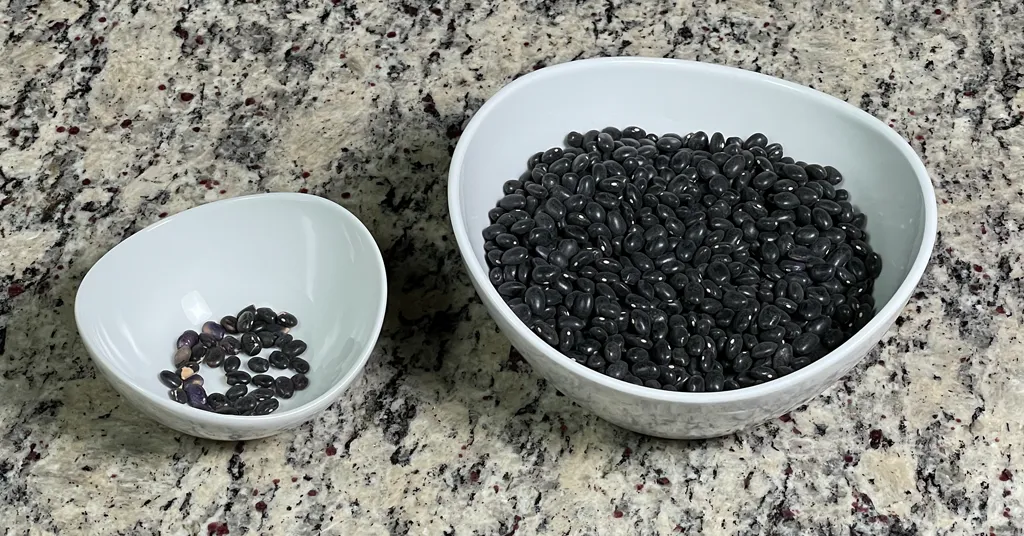
Supplies Needed for Canning Dry Beans
Ingredients for Pressure Canning Dry Beans
- Dry Beans (When canning dry beans you will need an average of 5 lbs of beans per canner load of 7 quarts. If canning dry beans in pints you will need an average of 3 and 1/4 pounds per canner load of 9 pints. This works out to around 3/4 of a pound of dry beans per quart.)
- salt (Optional)
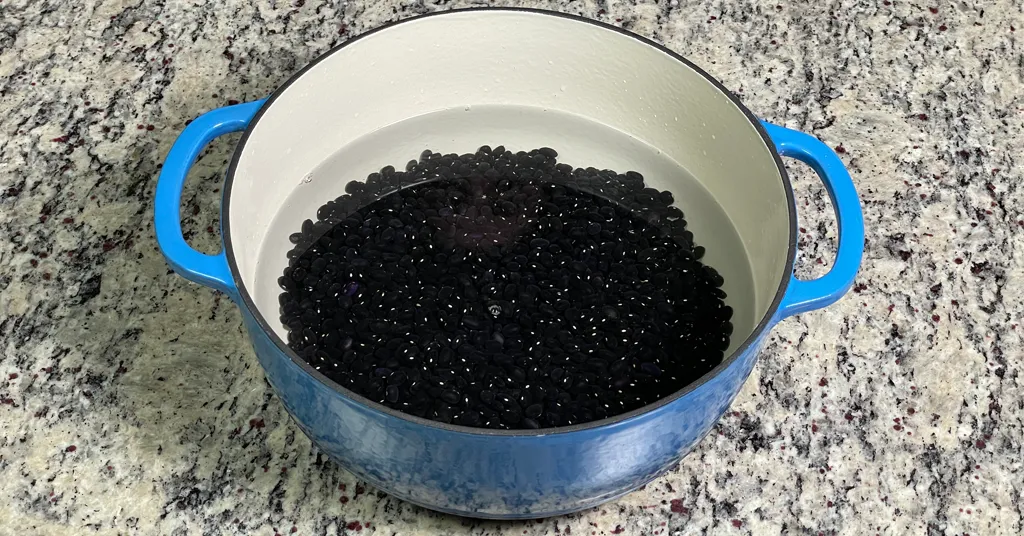
Step-by-Step Instructions
-
Soak your beans: Place dried beans in a large pot and cover with water. Soak your beans for 12-18 hours in a cool place. Note: Your beans will swell as they rehydrate. Make sure you have left enough room for them to expand. If you don’t have enough time to soak your beans overnight you can also quickly hydrate your beans by covering your beans with water in a saucepan. Bring your beans to a boil and boil for 2 minutes. Remove from heat and soak your beans for 1 hour. After the soaking period for either method of rehydrating your beans, drain off the soaking water.
-
Prepare your Pressure Canner according to Manufacturer instructions.
-
Clean jars and lids with warm soapy water. Ensure the jars do not have any chips or bubbles in the glass. Heat jars in hot water.
-
Cover your beans in the pot with new water and bring to a boil. Boil your beans and water for 30 minutes.
-
Add 1/2 teaspoon of salt per pint or 1 teaspoon per quart jar, if desired.
-
You might want to have some extra boiling water on hand in case you do not have enough water for your jars. I use an electric kettle to have additional boiling water if needed.
-
Fill the hot jar with beans and cooking water, leaving 1 inch of headspace.
-
Remove air bubbles with a de-bubbler and adjust the headspace as needed by adding more cooking or boiling water. Wipe the rim to ensure a good seal is made with the lid. Center the lid on the jar and screw the band down to fingertip tight.
-
Place jars into the pressure canner using your jar lifter. Repeat steps 5-8 until all beans have been used.
-
Adjust the water level in the pressure canner if needed, lock the pressure canner lid, and bring it to a boil over medium-high heat. Vent steam for 10 minutes, then close the vent. Continue heating your pressure canner to achieve 10 lbs of pressure (Make sure to adjust for your altitude) and maintain that pressure for the entire cooking time.
-
Process Pint jars for 75 minutes and quart jars for 90 minutes. Set a timer so it is much easier to remember how long you need to pressure can for.
-
Turn off the heat when the timer is complete. Let pressure return to zero naturally. Wait 2 minutes after the pressure gauge reads 0, then open your vent. Remove your canner lid (making sure to lift it away from you so you don’t get burned by the steam).
-
Leave jars in the pressure canner for 10 minutes after you remove the lid. Using your jar lifer carefully move the jars onto a wire rack or kitchen towel to allow them to cool. When moving the jars try not to tilt them to the side as this could affect the seal of the jars. Allow your jars to cool for 12-24 hours before handling.
-
Once cool, remove the canning rings from the jars. Wash your jars off to ensure no food residue on the outside of the jar from processing. Label your jar with the name of the recipe and date. This will help you remember what recipe you used to can and the date will allow you to use the oldest canned goods first.
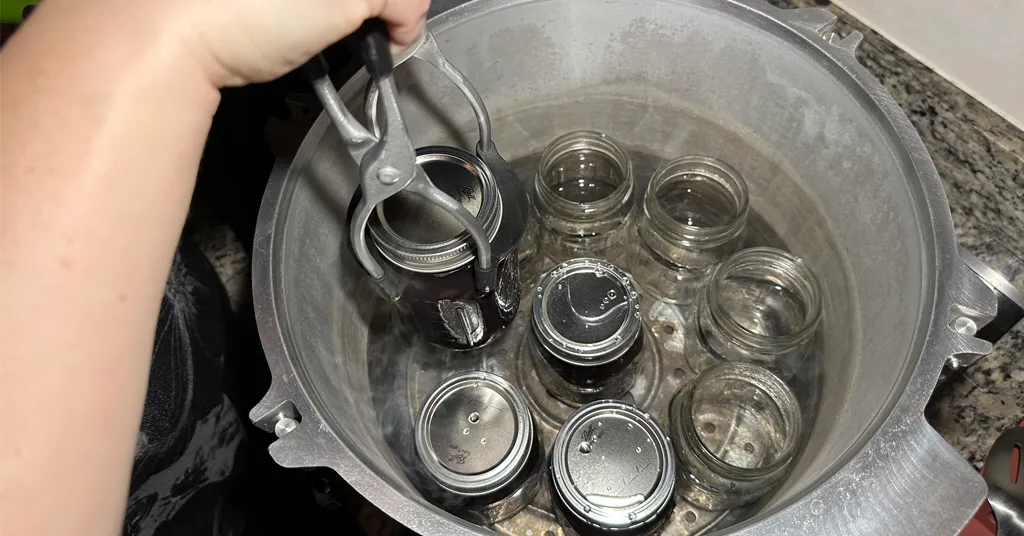
How to use Canned Beans
Pressure canned beans are a versatile and nutritious ingredient that can be used in a variety of dishes. Here are some ways I like to use my pressure-canned beans:
- Soups, chili, and stews: Add canned beans to your favorite soup, chili, or stew recipe for a boost of protein, fiber, and flavor.
- Side Dish: I serve canned beans as a side dish, seasoned with herbs and spices.
- Dips and spreads: Blend canned beans with garlic, olive oil, and lemon juice for a delicious and healthy dip or spread.
- Tacos and burritos: Use canned beans as a filling for tacos and burritos, along with rice, cheese, and other toppings.
Overall, pressure-canned beans are a convenient and affordable ingredient that can be used in many different ways. They are a pantry staple that can be enjoyed in a variety of dishes, making them a great addition to any kitchen.
Other Pressure Canning Recipes to Try
Recipe Card
Canning Dry Beans
Equipment
Ingredients
- Dry Beans When canning dry beans you will need an average of 5 lbs of beans per canner load of 7 quarts. If canning dry beans in pints you will need an average of 3 and ¼ pounds per canner load of 9 pints. This works out to around ¾ of a pound of dry beans per quart.
- salt Optional
Instructions
- Soak your beans: Place dried beans in a large pot and cover with water. Soak your beans for 12-18 hours in a cool place. Note: Your beans will swell as they rehydrate. Make sure you have left enough room for them to expand. If you don't have enough time to soak your beans overnight you can also quickly hydrate your beans by covering your beans with water in a saucepan. Bring your beans to a boil and boil for 2 minutes. Remove from heat and soak your beans for 1 hour. After the soaking period for either method of rehydrating your beans, drain off soaking water.
- Prepare your Pressure Canner according to Manufacturer instructions.
- Clean jars and lids with warm soapy water. Ensure the jars do not have any chips or bubbles in the glass. Heat jars in hot water.
- Cover your beans in the pot with new water and bring to a boil. Boil your beans and water for 30 minutes.
- Add 1/2 teaspoon of salt per pint or 1 teaspoon per quart jar, if desired.
- You might want to have some extra boiling water on hand in case you do not have enough water for your jars. I use an electric kettle to have additional boiling water if needed.
- Fill the hot jar with beans and cooking water, leaving 1 inch of headspace.
- Remove air bubbles with a de-bubbler and adjust the headspace as needed by adding more cooking or boiling water. Wipe the rim to ensure a good seal is made with the lid. Center the lid on the jar and screw the band down to fingertip tight.
- Place jars into the pressure canner using your jar lifter. Repeat steps 5-8 until all beans have been used.
- Adjust the water level in the pressure canner if needed, lock the pressure canner lid, and bring it to a boil over medium-high heat. Vent steam for 10 minutes, then close the vent. Continue heating your pressure canner to achieve 10 lbs of pressure (Make sure to adjust for your altitude) and maintain that pressure for the entire cooking time.
- Process Pint jars for 75 minutes and quart jars for 90 minutes. Set a timer so it is much easier to remember how long you need to pressure can for.
- Turn off the heat when the timer is complete. Let pressure return to zero naturally. Wait 2 minutes after the pressure gauge reads 0, then open your vent. Remove your canner lid (making sure to lift it away from you so you don't get burned by the steam).
- Leave jars in the pressure canner for 10 minutes after you remove the lid. Using your jar lifer carefully move the jars onto a wire rack or kitchen towel to allow them to cool. When moving the jars try not to tilt them to the side as this could affect the seal of the jars. Allow your jars to cool for 12-24 hours before handling.
- Once cool, remove the canning rings from the jars. Wash your jars off to ensure no food residue on the outside of the jar from processing. Label your jar with the name of the recipe and date. This will help you remember what recipe you used to can and the date will allow you to use the oldest canned goods first.
Notes
Robin
Robin Phelps has been preserving food for her family for over 20 years. Today, Robin is a full-time home preservation blogger and coach. Join Robin to learn how to easily make delicious and safe homemade preserved items.
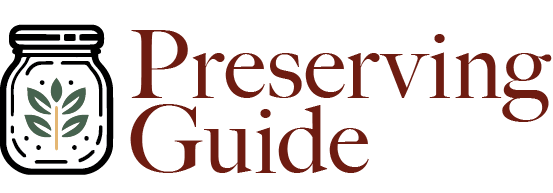
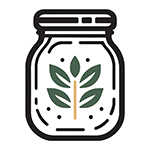
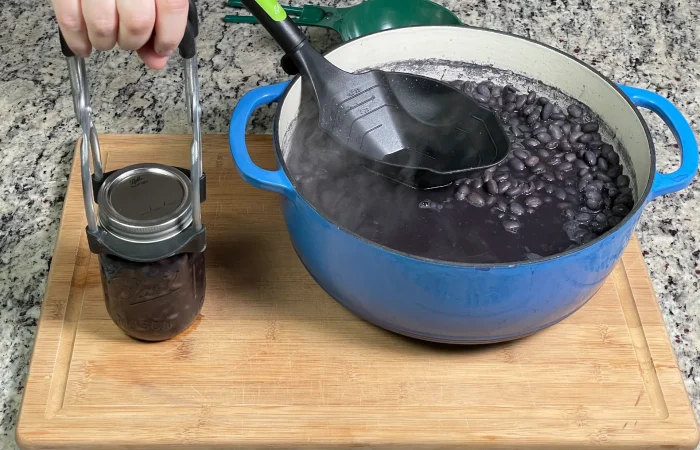
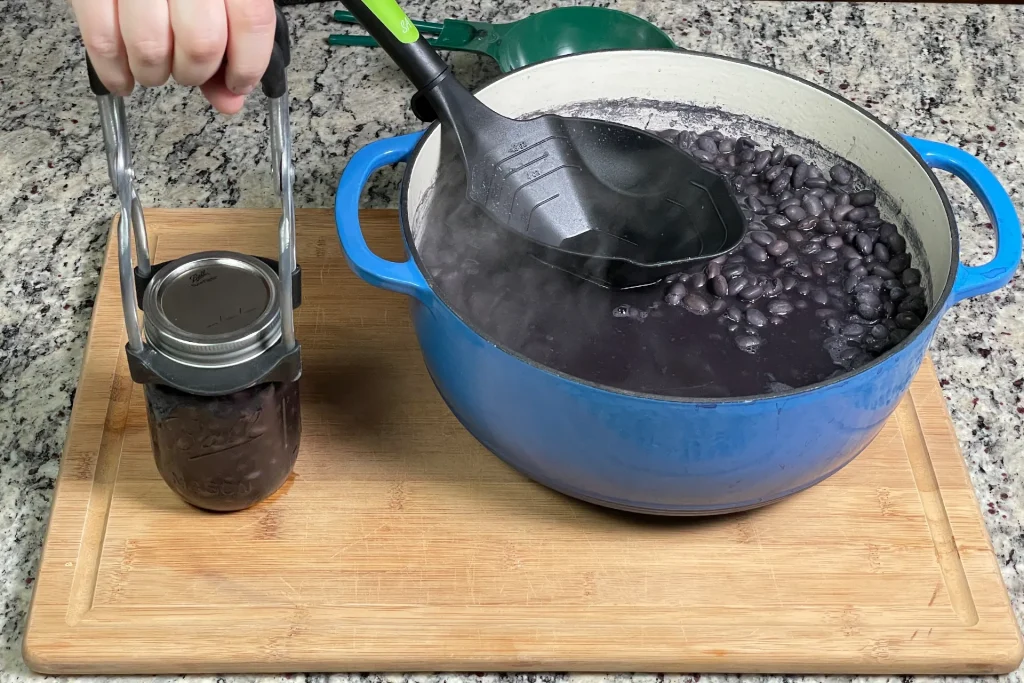
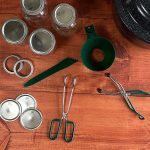
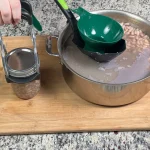
No Comment! Be the first one.